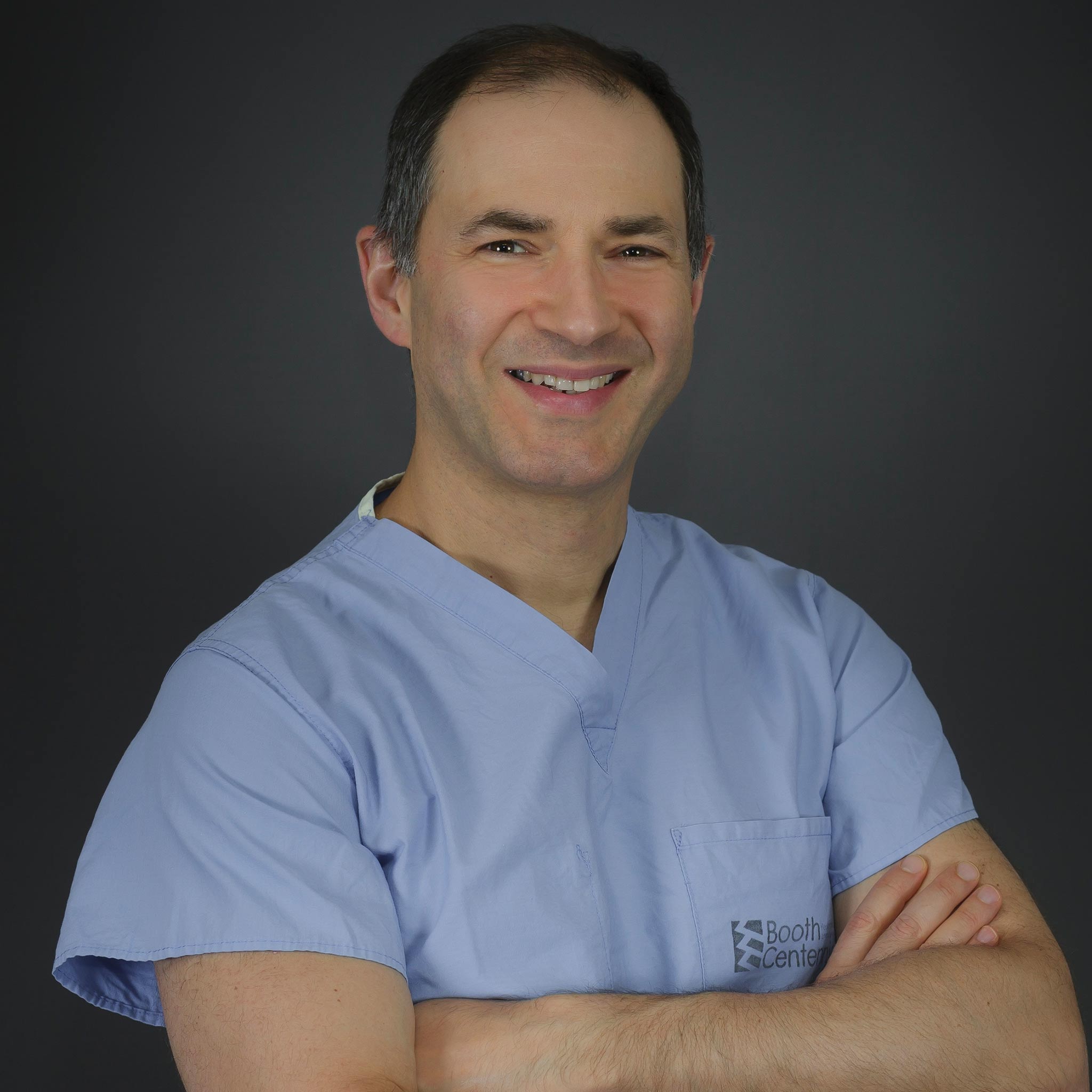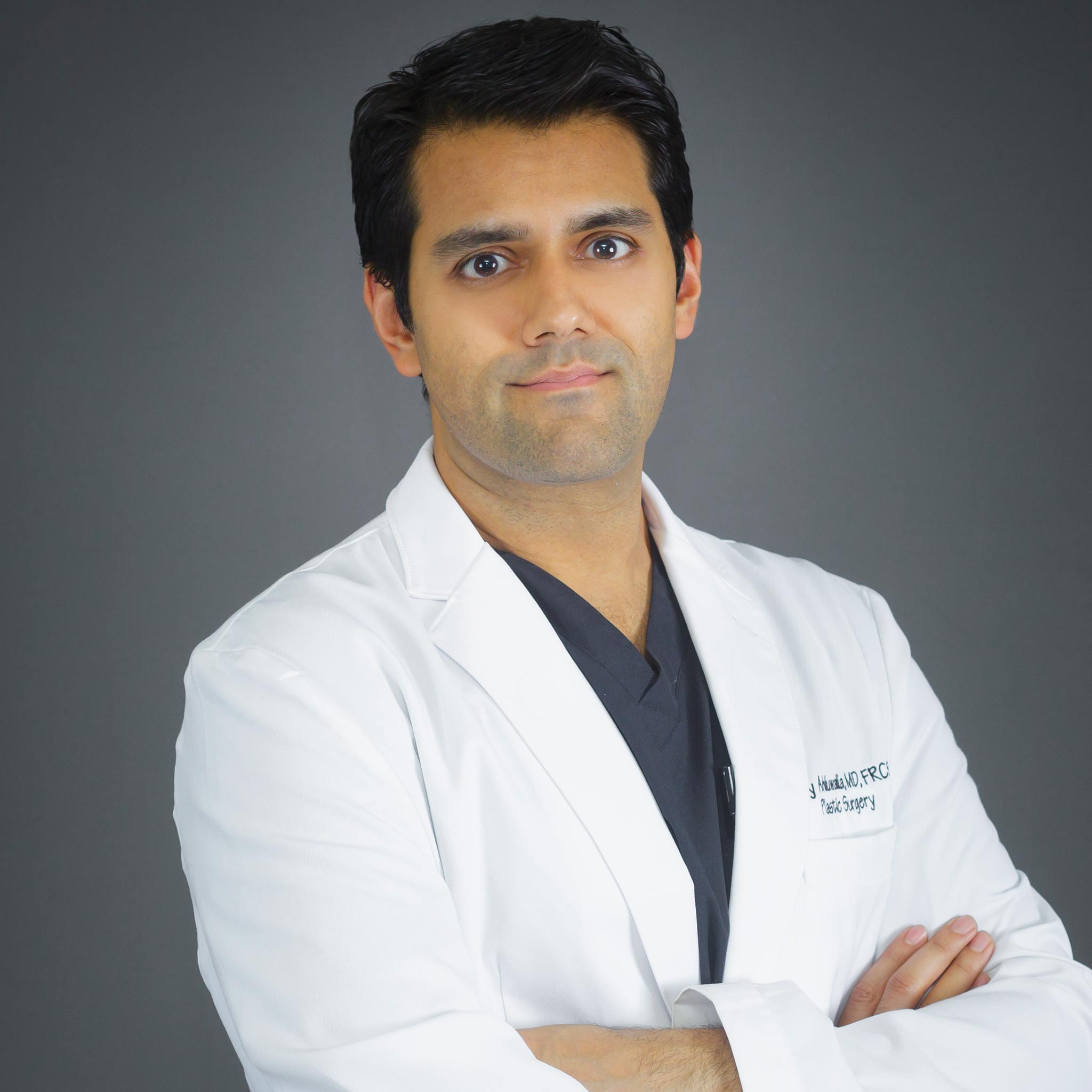Effective Treatment
Surgical solutions are relatively simple and very effective.
You do not have to live with this condition if you wish to change it.
Unfortunately for male sufferers of gynecomastia, if signs persist beyond the teen years and do not naturally resolve, they also can’t be easily eliminated through dieting or exercise. At Avenue Plastic Surgery in Toronto and Whitby, we offer male breast reduction as the recommended and effective treatment option for gynecomastia. The final outcome of this procedure will be a flatter chest contour, and often improved self-confidence and quality of life. Toronto male breast reduction surgery can treat the following:
- Enlargement of breast tissue
- Sensitive breast tissue and nipples
- A negative perception of body image and low self-esteem
What are the causes of gynecomastia?
As briefly mentioned, gynecomastia is a medical condition, typically be caused by a hormonal imbalance of male and female hormones. Increases in female hormones, or estrogen, typically trigger the enlargement of breast gland tissue. As both males and females have testosterone and estrogen naturally present, a temporary shift or imbalance of these can lead to physical changes.
A disproportionate spike of estrogen in the male body stimulates the growth of breast tissue and the relatively low presence of testosterone is insufficient for preventing this growth phenomenon. As a result, gynecomastia is a condition that most often occurs during periods of hormonal changes, such as during puberty or aging. When gynecomastia is caused by the imbalance of hormones during puberty, it is quite common for the issue to resolve itself within a couple of years.
Although the primary cause of gynecomastia is believed to be hormonal fluctuations, other medical conditions like hyperthyroidism, kidney or liver disease, and Klinefelter’s syndrome can promote its development. Furthermore, certain medications such as anabolic steroids, antibiotics, and Diazepam can lead to gynecomastia.
How is this condition medically diagnosed?
When a patient presents with suspected gynecomastia, they will often have swollen breast glands and breasts that are painful or tender. In some cases, gynecomastia may also cause nipple discharge. If these are sensations or symptoms that you are experiencing, it is important that you seek medical assessment.

Male breast reduction surgery is the most effective solution for gynecomastia
Unfortunately, hard work, dedication to exercise and a healthy diet are inadequate for addressing and eliminating abnormally enlarged male breasts. The most effective solution for treatment of gynecomastia in Toronto is usually a male breast reduction surgery.
At Avenue Plastic Surgery, we offer cosmetic, surgical treatment for patients suffering from gynecomastia. A Toronto male breast reduction is a surgical procedure that removes excess breast tissue and fat through a very small incision or cannula. In some cases, excess breast skin will also be excised via small incisions to create “pecs” you can feel confident about. A firmly toned and well-defined chest is a key physical feature of masculinity and when weight loss, genetics, or aging cause the chest to store excessive tissue, it may lead to a man feeling less attractive. Treatment of gynecomastia with male breast reduction surgery is a cosmetic procedure that can truly redefine a man’s chest and restore confidence.
How Much Does a Male Breast Reduction Cost in Toronto?
A male breast reduction is a highly personalized procedure. The cost of your Toronto male breast reduction will vary based on the type of male breast reduction performed along with other factors. The average cost of a male breast reduction at Avenue Plastic Surgery is around $6,500 – $7,500. Financing options are available that can help make the payment process more manageable for our patients.
Dr. Golger and his team were terrific. I would highly recommend him. I’m so happy with my results. Thank you!
Individual results may vary





